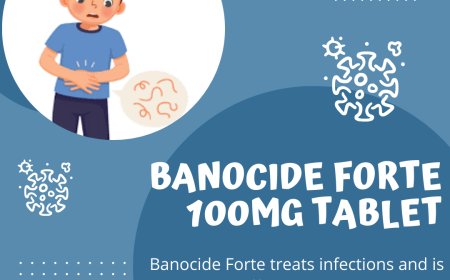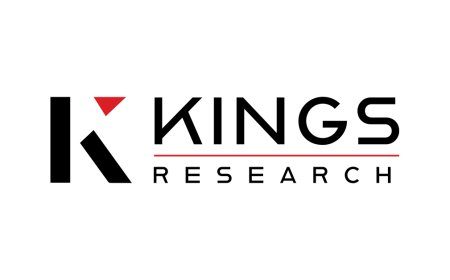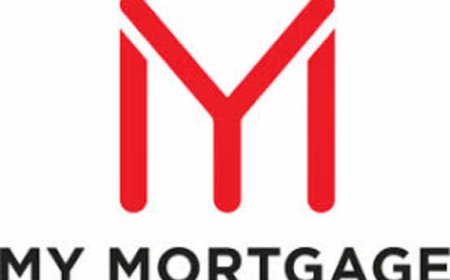How to Get Certified True Copy of Canadian Passport
Introduction Obtaining a certified true copy of a Canadian passport is an essential process for many individuals who require official verification of their passport information without surrendering the original document. Whether for legal proceedings, visa applications, or other formal requirements, a certified true copy serves as a legally recognized duplicate that confirms the authenticity of th
Introduction
Obtaining a certified true copy of a Canadian passport is an essential process for many individuals who require official verification of their passport information without surrendering the original document. Whether for legal proceedings, visa applications, or other formal requirements, a certified true copy serves as a legally recognized duplicate that confirms the authenticity of the passport copy. Understanding how to properly acquire this certification is crucial to ensure compliance with Canadian regulations and to maintain the integrity of your identity documents.
This comprehensive tutorial will guide you through the entire procedure of getting a certified true copy of a Canadian passport. From understanding what the certification entails, to step-by-step instructions, best practices, and useful resources, you will be equipped with everything needed to navigate this process efficiently and securely.
Step-by-Step Guide
1. Understand What a Certified True Copy Is
A certified true copy is a photocopy of an original document that has been verified as a complete and accurate reproduction by an authorized person. Unlike a notarized copy, the certification confirms that the copy matches the original document exactly. For Canadian passports, this certification is often required by government agencies, educational institutions, employers, or foreign authorities.
2. Make a Clear Photocopy of Your Passport
Begin by making a high-quality photocopy of your Canadian passport. The photocopy should clearly show all relevant pages, especially the photo page, including your personal details such as name, date of birth, passport number, and expiry date. Use a good quality scanner or copier to ensure legibility.
3. Identify an Authorized Certifier
In Canada, certified true copies must be verified by certain authorized individuals. These typically include:
- Notary Public
- Commissioner for Oaths
- Lawyer or Barrister
- Justice of the Peace
- Canadian police officers (in some cases)
Choose an authorized certifier who is recognized in your province or territory to avoid delays or rejection.
4. Present the Original Passport and Photocopy
Visit the selected authorized certifier in person with both your original Canadian passport and the photocopy. The certifier will need to examine the original document to confirm its authenticity and compare it with the copy.
5. Request Certification
Ask the certifier to certify the photocopy as a true copy of the original. The certifier will typically:
- Stamp or seal the photocopy with an official certification mark
- Sign and date the photocopy
- Include their name, position, and contact information
Ensure that the certification includes a clear statement such as “Certified True Copy of Original Document” to avoid ambiguity.
6. Verify the Certified Copy
After certification, review the certified true copy carefully. Confirm that all elements are complete, legible, and properly signed and stamped to meet official standards.
7. Use or Submit the Certified Copy as Needed
You can now use the certified true copy for your intended purpose, whether submitting it with visa applications, legal documents, or other official processes.
8. Keep the Original Passport Safe
Since you only provided a photocopy for certification, retain your original Canadian passport securely for future use and identification purposes.
Best Practices
Maintain Document Privacy
Certified true copies contain sensitive personal information. Handle and store copies securely, sharing them only with trusted parties or authorities that explicitly require them.
Use Authorized Certifiers Only
Always ensure that the certifier is authorized by Canadian law to perform document certification. Unauthorized certification may lead to the rejection of your documents or legal complications.
Check Specific Requirements
Different organizations or countries may have unique requirements for certified copies. Verify if they require a notarized copy, an apostille, or additional verification before submitting your certified true copy.
Keep Multiple Copies
It is advisable to create and certify multiple copies if you anticipate the need to submit the document to various agencies to avoid repeated certification processes.
Confirm Validity Period
Some institutions require recently certified copies, often within a specific validity period (e.g., 3-6 months). Confirm these timelines to prevent document rejection.
Tools and Resources
Authorized Certifier Locator
Use official provincial or territorial government websites to locate notaries public, commissioners of oaths, or other authorized certifiers near you. For example:
Government Passport Information
The official Government of Canada passport website provides detailed information about Canadian passports:
Document Scanners and Copiers
For high-quality copies, use reliable scanners or copiers with at least 300 dpi resolution. Popular options include:
- Fujitsu ScanSnap Series
- Brother Multi-Function Printers
- Canon ImageFORMULA Scanners
Sample Certification Template
Some certifiers may use a standard template. A typical certification might read:
“I, [Certifier’s Name], hereby certify that this is a true copy of the original Canadian passport presented to me on [Date].”
Real Examples
Example 1: Visa Application
Jane Doe needed to submit a certified true copy of her Canadian passport for a U.S. visa application. She visited a local notary public who examined her original passport and certified a photocopy. The visa office accepted the certified copy, allowing Jane to proceed with her application without surrendering her original passport.
Example 2: Employment Verification
John Smith required a certified true copy of his passport to verify his identity for a government job. He approached a commissioner for oaths, who verified and signed the copy. The employer accepted the certified copy as valid proof of identity.
Example 3: Legal Proceedings
Emma Lee needed a certified true copy of her Canadian passport for court documentation. A lawyer certified her passport copy, which was then submitted as evidence. The court accepted the certified copy without requiring the original document.
FAQs
Q: Can I certify a copy of my Canadian passport myself?
A: No, self-certification is generally not accepted. The certified true copy must be verified by an authorized individual such as a notary public, lawyer, or commissioner for oaths.
Q: Is a certified true copy the same as a notarized copy?
A: While both involve verification, a certified true copy specifically confirms that the copy is an exact replica of the original document. Notarization often involves additional legal functions such as witnessing signatures.
Q: How much does it cost to get a certified true copy?
A: Fees vary depending on the certifier and location, typically ranging from $20 to $75 per certified document.
Q: Can I use a certified true copy of my passport internationally?
A: Some countries accept certified true copies for visa or immigration purposes, but others may require the original or additional authentication such as an apostille. Always check the specific requirements of the destination country.
Q: How long does the certification process take?
A: Certification is usually completed immediately during your appointment with the certifier.
Conclusion
Obtaining a certified true copy of your Canadian passport is a straightforward yet important process for anyone needing to provide official verification of their identity without handing over the original passport. By following the step-by-step guide, adhering to best practices, and using authorized certifiers, you can ensure that your certified copy is valid and accepted by relevant authorities.
Remember to handle certified copies with care and verify specific requirements for your intended use. Equipped with proper knowledge and resources, you can confidently navigate the certification process and meet your documentation needs efficiently.































